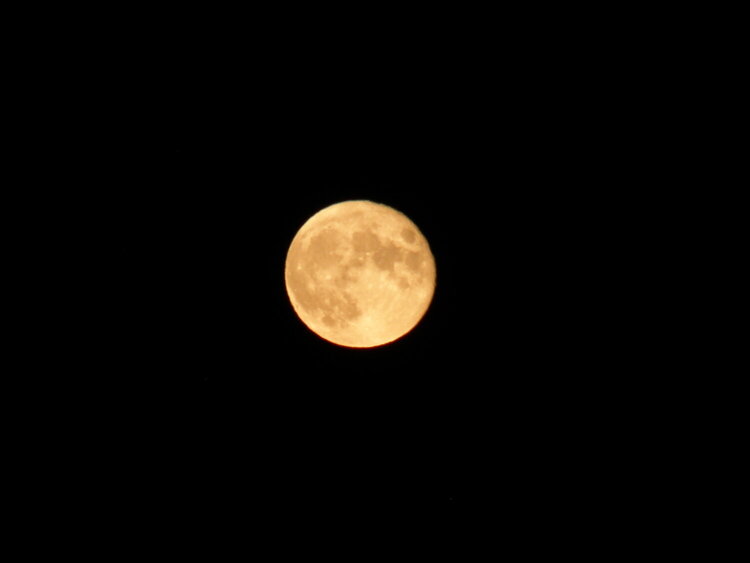Join us today at 9:00am PT / 12:00pm ET | Details Here.


 Give a Cheer
Give a Cheer
July's full moon is known as the Full Buck Moon because early summer is normally when the new antlers of buck deer push out of their foreheads in coatings of velvety fur. This moon was also called the Full Summer Moon since it was the first full moon of summer. It was also often called the Full Thunder Moon too, because of early summer's frequent thunderstorms. The Europeans called this full moon the Hay Moon, for the haymaking in June and July. To the Lakota Sioux, it was known as the Moon when Cherries are Ripe. The Pima called it Moon of Giant Cactus. The Haida calls it the Killer Whale Moon. P7052006
***Since this is the Thunder Moon, a quick note on lightning safety. Most of the lightning that strikes the ground arcs from the negatively charged bottom of the storm to the ground underneath the storm. Much rarer is positive lightning, which arcs from the top of a thunderstorm to strike the ground up to eight miles away. Positive lightning can sometimes strike areas where the sky is clear, hence the term "bolt out of the blue". Because it arcs across a greater distance it tends to be 5 to 10 times more powerful than regular ground strikes. Because it can strike dry areas outside of the storm, positive lightning tends to start more fires than negative lightning. Although positive lightning is rare (less than 5% of all lightning strikes), the lack of warning combined with its greater power tends to make it more lethal. A good rule to follow is, if you can hear the thunder, you can be struck by the lightning.
***Courtesy NASA Science~Gordon Johnson
No products have been added to this project.
Thanks for spreading positivity!
July 14, 2020
July 14, 2020
July 12, 2020
July 12, 2020
July 12, 2020
July 11, 2020
July 11, 2020